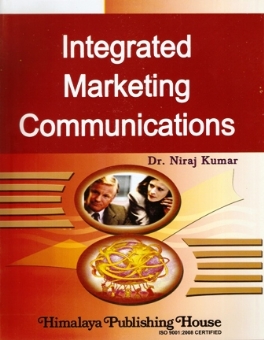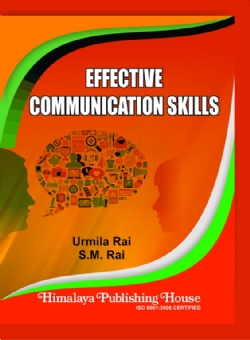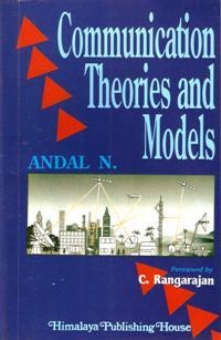This book is a product of the authors extensive classroom experience of teaching graduate and postgraduate students of Management studies. Participation as Faculty in training sessions for practicing managers in various fields, gives an added dimension to the authors treatment of the subject. A good deal of the material has grown out of discussions in training sessions as well as classrooms and hence includes contributions from persons engaged in the field.
Most of the material has been successfully used in classrooms. A large number of examples illustrate the points made. Exercises at the end of every chapter help users of the book to practice their skills and to make them aware of the various applications.
Appendices on the use of punctuation and on the style of writing numerals in different kinds of documents serve as a ready source of reference on these two tricky aspects of writing. Making of presentations is carefully explained in detail, with instructions on preparation and delivery of oral presentations.
| Book Content of Effective Communication | |
| 1. Concept of Communication 2. Objectives of Communication 3. Non-Verbal Communication 4. Inward and Outward Mail 5. Media and Modes of Communication 6. Channels of Communication 7. Barriers to Communication 8. Listening and Improving Communication 9. Speeches and Presentations 10. Interviews 11. Group Discussion 12. Basic of Letter Writing 13. Attribute of Effective Communication 14. Layout of a Business Letter 15. Social and Goodwill Letters 16. Job Applications 17. Personnel Letters 18. Enquiries and Replies 19. Orders and Replies 20. Complaints and Claims 21. Adjustment Letters 22. Sales Letters 23. Credit Letters and Status Enquiries 24. Collection Letters 25. Bank Letters 26. Insurance Letters 27. Basics of Report Writing 28. Writing Reports 29. Case Studies |
|






